Summer Tour with Kingfisher Reflections
I just wrapped up a weeklong summer contra dance calling tour with Kingfisher (Jeff Kaufman and Cecilia Vacanti). This was my first time on tour!
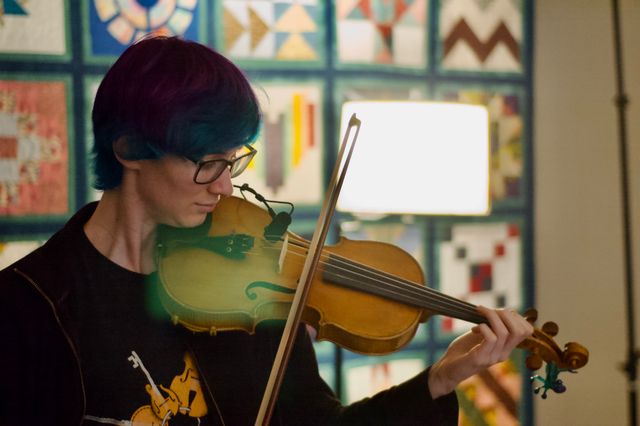

We played six dances in six days with an extra day for travel at the start and an extra two days at the end, for a total of nine days on the road. We performed at these dances:
- June 27: Country Dancers of Rochester in Rochester NY
- June 28: Pittsburgh Contra Dance in Pittsburgh PA
- June 29: Bloomington Old-Time Music & Dance Group in Bloomington IN
- June 30: Childgrove Country Dancers in St. Louis MO
- July 1: Cincinnati Contra Dancers in Cincinnati OH
- July 2: Indy Contra Dance in Indianapolis IN
This was a lot of travel! Roughly 40 hours of driving as sketched out¹ and actually probably a bit more given some of the detours we took along the way. We rented a minivan for the three touring adults, their equipment, and two of Jeff’s kids who joined us on tour.
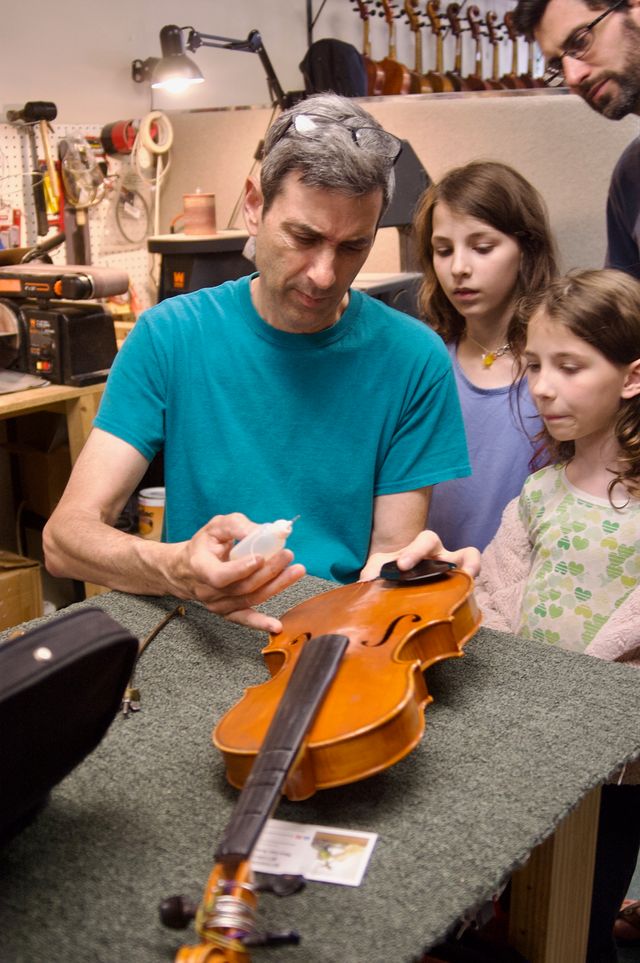
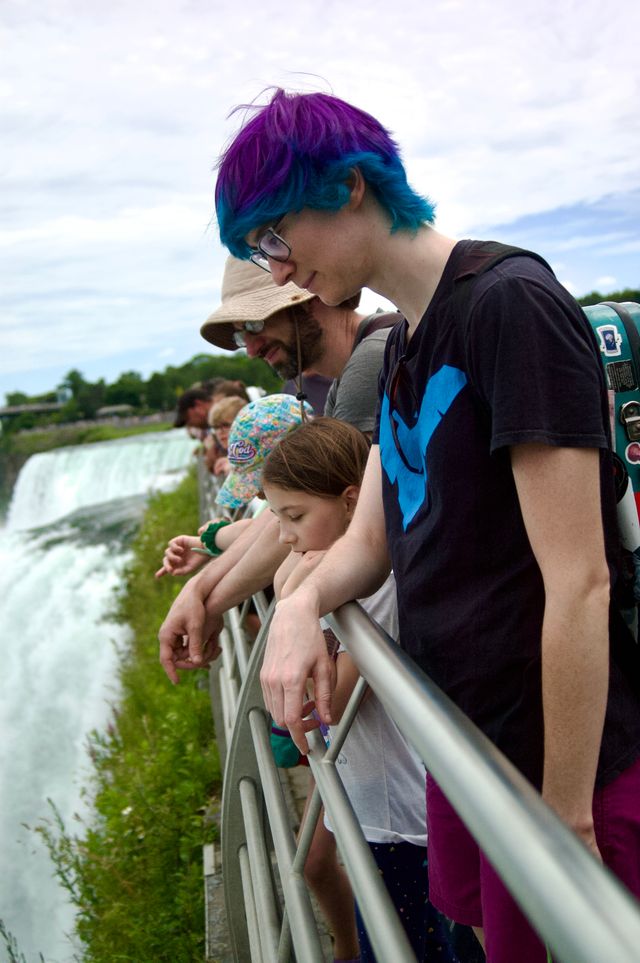


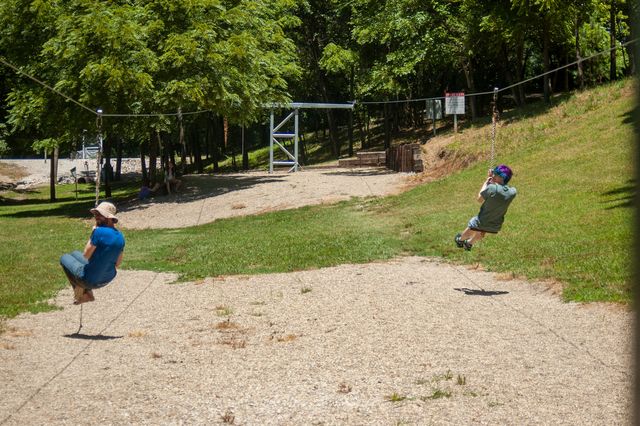
It was great to call every day for almost a week and get to hone my skills. I was pretty nervous about the early gigs. I’m used to calling dances locally where I know what to expect from the crowd in terms of experience level and preferences. Even calling some of the local dances where the crowd varies from night to night, I at least have a good sense of the range to expect and prepare within that range.
I’m in the habit of asking organizers what to expect from their dancers but, “It depends on the night!” is the most common response and even when they deliver a concrete answer it only sometimes matches the crowd I actually find at the dance. I generally have a pretty improvisational approach to programming an evening, but this was more than I was used to. Nevertheless, I noticed myself gaining more confidence as we went along. I think I did a pretty good job at each of the dances we performed – none were error-free, but I performed in a manner I was proud of.
Some Surprises
A couple things took me by surprise:
First, I hadn’t really thought about how much the schedule of calling consecutive days meant using time wisely. If I decided to socialize after a dance and got to bed late, if the next day was a big travel day, that could mean getting less sleep that night which either meant getting a nap in while on the road or performing the next night’s gig underslept. As it turned out, I still went out for afters when the opportunity presented itself, but I had to think about it! I imagine there’s similar considerations when calling a weekend or week-long camp.
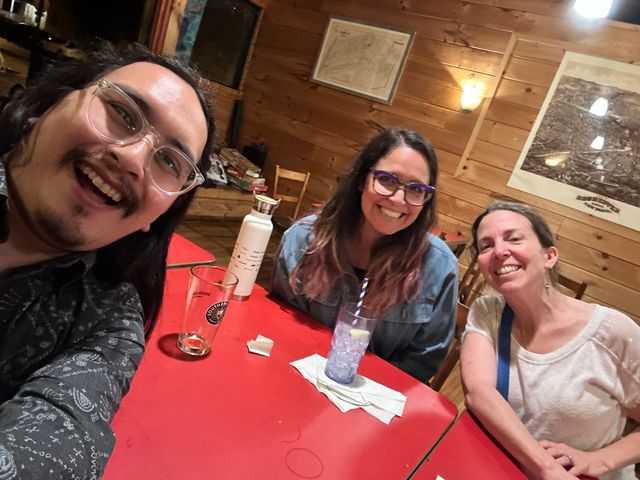
Second, I was soliciting feedback at each of these dances by putting a small gray comment book on the registration table and announcing to dancers that they could write feedback for me in there². At a couple of the early dances I got feedback that I should have walked through some of the dances twice or prompted them for longer. But they had looked mostly fine to me on the floor, just the normal amount of stutters as dancers picked up and memorized the choreography! Was I picking dances that were too tricky without noticing it? Was I prompting an abnormally short amount of time and making dancers feel nervous?
When I was thinking this through out loud, Jeff suggested it might be a cultural difference: some communities expect two walkthroughs and their dancers don’t generally put their full attention on the first one. After this I added, “Do your dancers expect one or two walkthroughs generally?” to my list of questions for organizers³. And indeed, at most of the following dances, I was told their dancers preferred two walkthroughs. I didn’t get complaints on either subject for the rest of the tour and, in fact, at one of the dances where I defaulted to two walkthroughs, a couple complimented me after the dance on how efficient I was!
This is quite different from what I’m used to in the Boston area. Our dancers want to get moving as quickly as possible, and, in fact, many of our local dances have caller guidelines that explicitly say you should not need to do two walkthroughs for most dances if you have tuned the complexity appropriately.
Band Interaction
Jeff encouraged me on this tour to think more deeply about the narrative arc of an evening and offer them guidance on the type of energy I wanted for each dance. I typically put a lot of trust in the band to structure an evening’s energy. I’ll offer guidance if I think a dance should have a particular flavor or energy, and I try to vary the energy of the dances I select, but frequently I’ll just say “Any tune will do.” This week I tried to take a stronger hand, which got easier over the course of the week as I was more familiar with the range of energy and moods Kingfisher could offer.
We didn’t do extensive debriefs of each evening, but it was nice to talk through certain sets occasionally and go through some of thoughts before a dance on particular choreographies I was considering and what might fit them.
(Also, let it be said, Kingfisher is a phenomenal band and it was pretty great to share the stage with them so many times.)
Role Terms
I was pleased that all of the dances allowed me to call Larks/Robins. Most explicitly preferred gender-free calling, a few were caller’s choice (and they advertised the terms in advance), and one told me they preferred Ladies/Gents, but would tolerate Larks/Robins. After a bit of dithering I opted for Larks/Robins and was quite pleased with how I handled the challenge of a crowd that might be unfamiliar with or even resistant to different role terms.
Feedback Notebook
The feedback notebook provided a lot of useful ideas for improvement for me to reflect on, but it also provided me a pleasant string of compliments and testimonials. Here’s a few of my favorite excerpts:
“I really love that you noticed when people were lost or off beat and didn’t call anyone out but gave gentle corrections that people could notice were for them.”
– Rochester NY
“I loved your smooth encouraging style. It was easy to learn, although some of the dances definitely had tricky parts! We love the music and the musicality of how the dances fit the music!”
– Pittsburgh PA
“Fantastic calling! The beginners workshop was very well done!”
– Cincinnati OH
“Honestly, I was worried when you started with a Becket, but it was great! I have enjoyed your choice of dances and calling. Thank you!”⁴
– Indianapolis IN
“Thank you for the wonderful dances! They flowed well and were lots of fun. Your explanations were clear and the beginners fit right in.”
– Bloomington IN
I really liked going on tour and I really liked doing it with a band. If any other bands are looking for a caller to tour with and you like my style, let me know! I might even know how to drive by then.
All of which was done by Jeff because A. I don’t know how to drive and cannot legally outside of Massachusetts (I have a learner’s permit, finally, for within Massachusetts!) and B. It was costly to put another adult (Cecilia) on the minivan rental. ↩︎
Other questions on this list:
- What role terms are your dancers used to? (I generally call larks/robins, but can adjust to what your dancers need.)
- How many dancers do you generally get and how many are beginners?
- What does a promenade look like? (I added this question specifically for this tour, knowing the midwest has variation in their promenade forms. I asked this of an organizer in person during setup so they could demonstrate.)
- Any other things I should know about the culture of your dance or preferences for my programming?
The context on this one was that it was a beginner-heavy night! It surprises some experienced dances to learn (it surprised me), but Becket dances can often be easier for beginners and the one I called was Will Mentor’s Festival Reel, which he wrote for just such a crowd, and which I’ve used before for such purpose. ↩︎